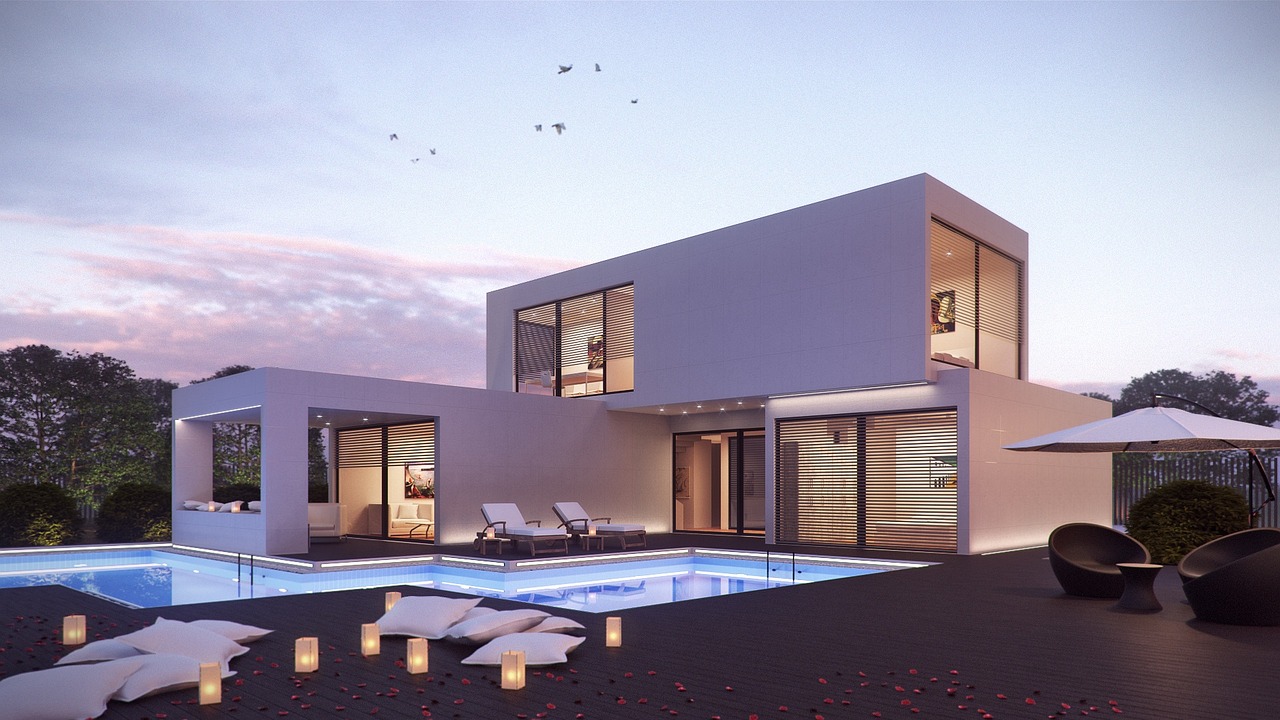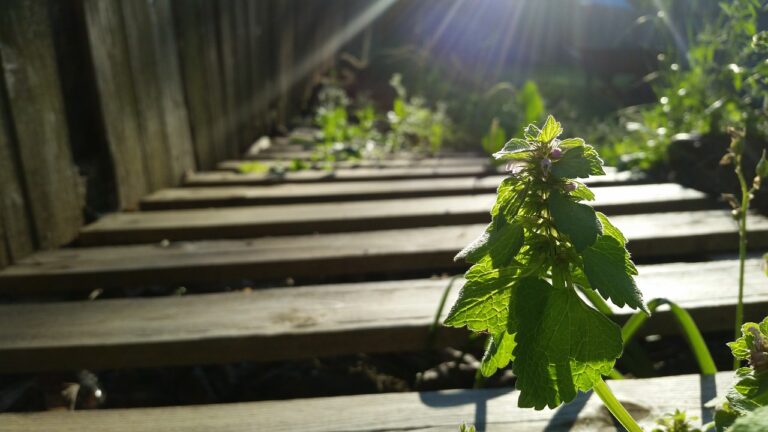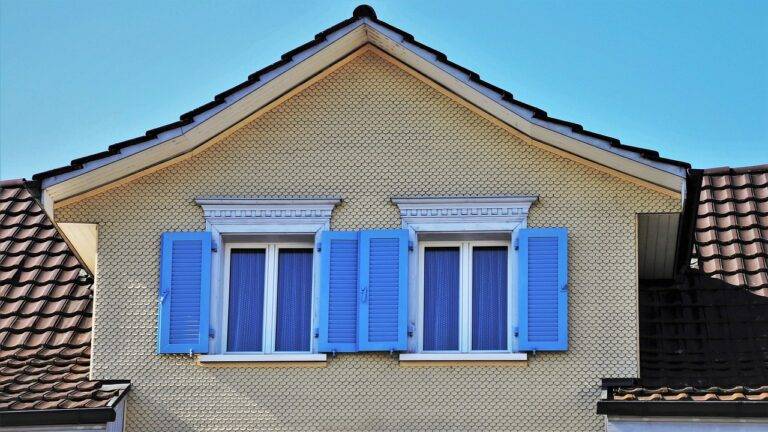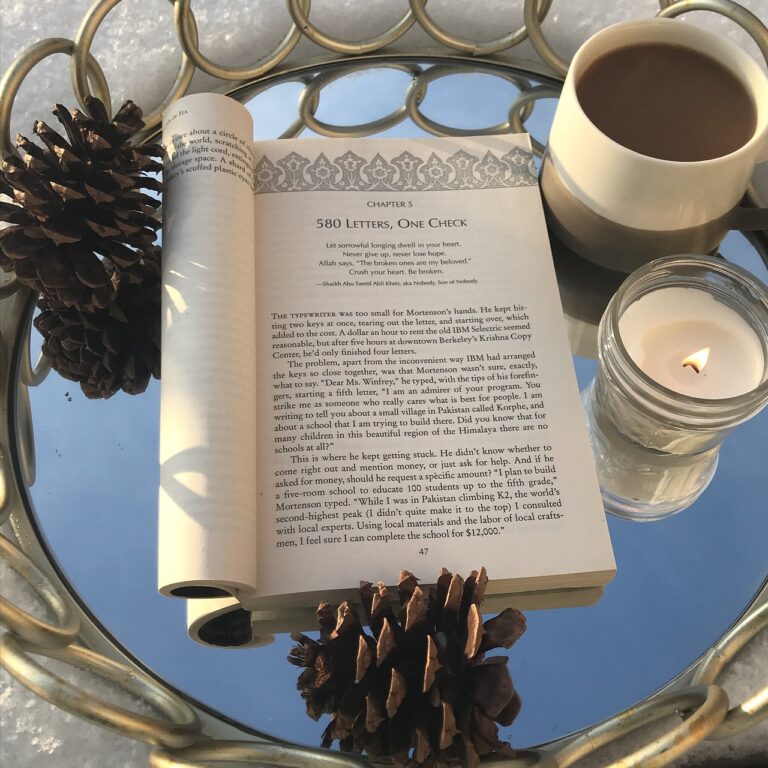Creating a Green Roof Garden: Benefits and Design Tips
Green roof gardens offer a plethora of benefits to both the environment and the inhabitants of a building. In urban settings, these gardens act as natural insulators, reducing the energy needed to heat and cool the building. By absorbing sunlight and providing shade, green roof gardens can lower indoor temperatures in the summer months, reducing the need for air conditioning. Additionally, these gardens help to mitigate the urban heat island effect by absorbing heat and releasing oxygen, improving air quality in the surrounding area.
Moreover, green roof gardens create additional green space in densely populated cities, promoting biodiversity and providing habitats for birds, insects, and other wildlife. Not only do they contribute to the overall aesthetic appeal of a building, but they also offer a peaceful retreat for building occupants. The presence of greenery has been shown to reduce stress and increase feelings of well-being, making green roof gardens a valuable addition to any urban environment.
Benefits of Adding Plants to Your Roof
Green roofs have become increasingly popular for their numerous benefits, with adding plants being a key feature. One significant advantage is the improvement in air quality that plants on roofs provide. Plants help to filter out pollutants and carbon dioxide, which can lead to a healthier environment for both humans and wildlife.
In addition to enhancing air quality, adding plants to your roof also contributes to energy efficiency. The vegetation on green roofs helps to regulate the temperature of the building by providing natural insulation. This can result in lower heating and cooling costs, making it a sustainable and cost-effective choice for building owners.
– Plants on roofs improve air quality by filtering out pollutants and carbon dioxide
– Green roofs contribute to a healthier environment for humans and wildlife
– Vegetation on green roofs helps regulate building temperature
– Natural insulation from plants can lead to lower heating and cooling costs
– Adding plants to your roof is a sustainable and cost-effective choice for building owners
Design Tips for Green Roof Gardens
When designing a green roof garden, consider the weight-bearing capacity of your roof to ensure it can support the additional load of plants, soil, and water. Consult with a structural engineer to assess the feasibility of creating a garden on your roof and to determine the necessary reinforcements. Ensuring the structural integrity of your roof is crucial to avoid any potential safety hazards in the future.
Select plants that thrive in the local climate and require minimal maintenance to flourish on your green roof garden. Drought-resistant succulents, native grasses, and wildflowers are excellent choices for their ability to withstand sun exposure and limited water supply. Prioritize plants that have shallow root systems to prevent damage to the roof membrane and reduce the risk of leaks.
What are some of the benefits of having a green roof garden?
Green roof gardens help reduce energy consumption, improve air quality, reduce stormwater runoff, provide habitat for wildlife, and create a beautiful and relaxing outdoor space.
How do plants benefit a roof?
Plants on a roof can help regulate temperature, absorb carbon dioxide, provide insulation, and improve air quality by filtering pollutants.
What are some design tips for creating a green roof garden?
Some design tips include selecting the right plants for your climate, ensuring proper drainage, using lightweight soil and containers, incorporating a variety of plant types, and considering maintenance needs.
Do green roof gardens require a lot of maintenance?
While green roof gardens do require some maintenance, such as watering, weeding, and occasional pruning, they generally require less maintenance than traditional gardens due to their reduced size and limited access.
Can any building support a green roof garden?
Not all buildings are suitable for green roof gardens, as they need to have a structurally sound roof capable of supporting the additional weight of soil, plants, and water. It’s best to consult with a professional to determine if your building is a good candidate for a green roof garden.







